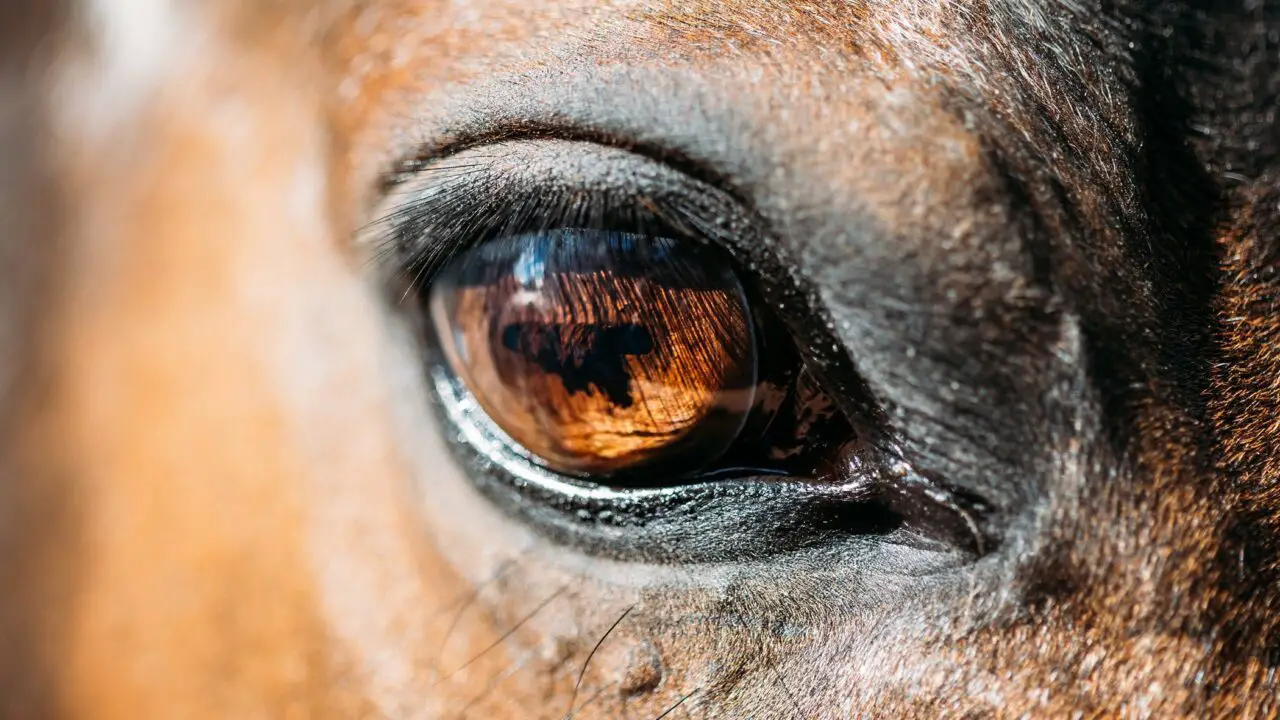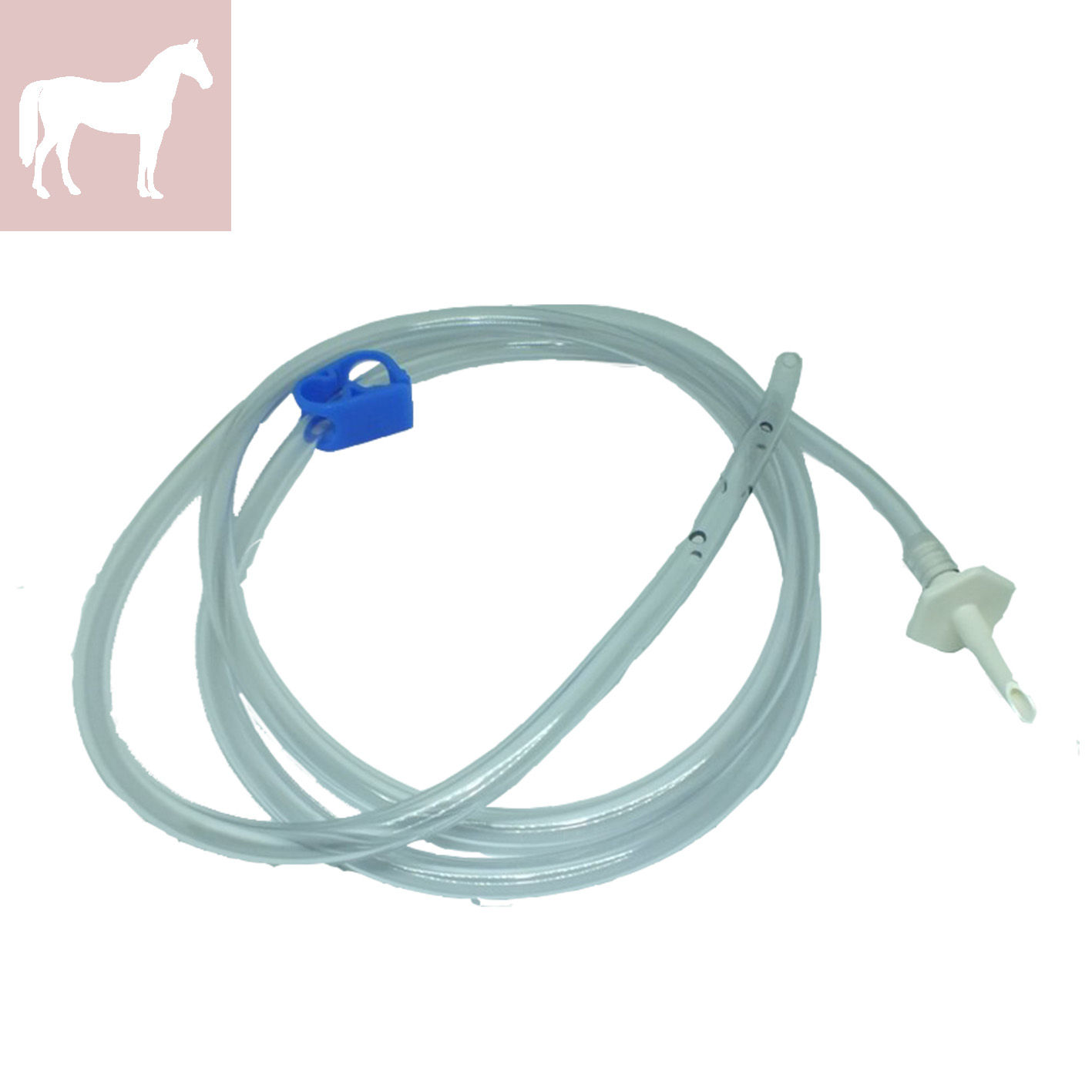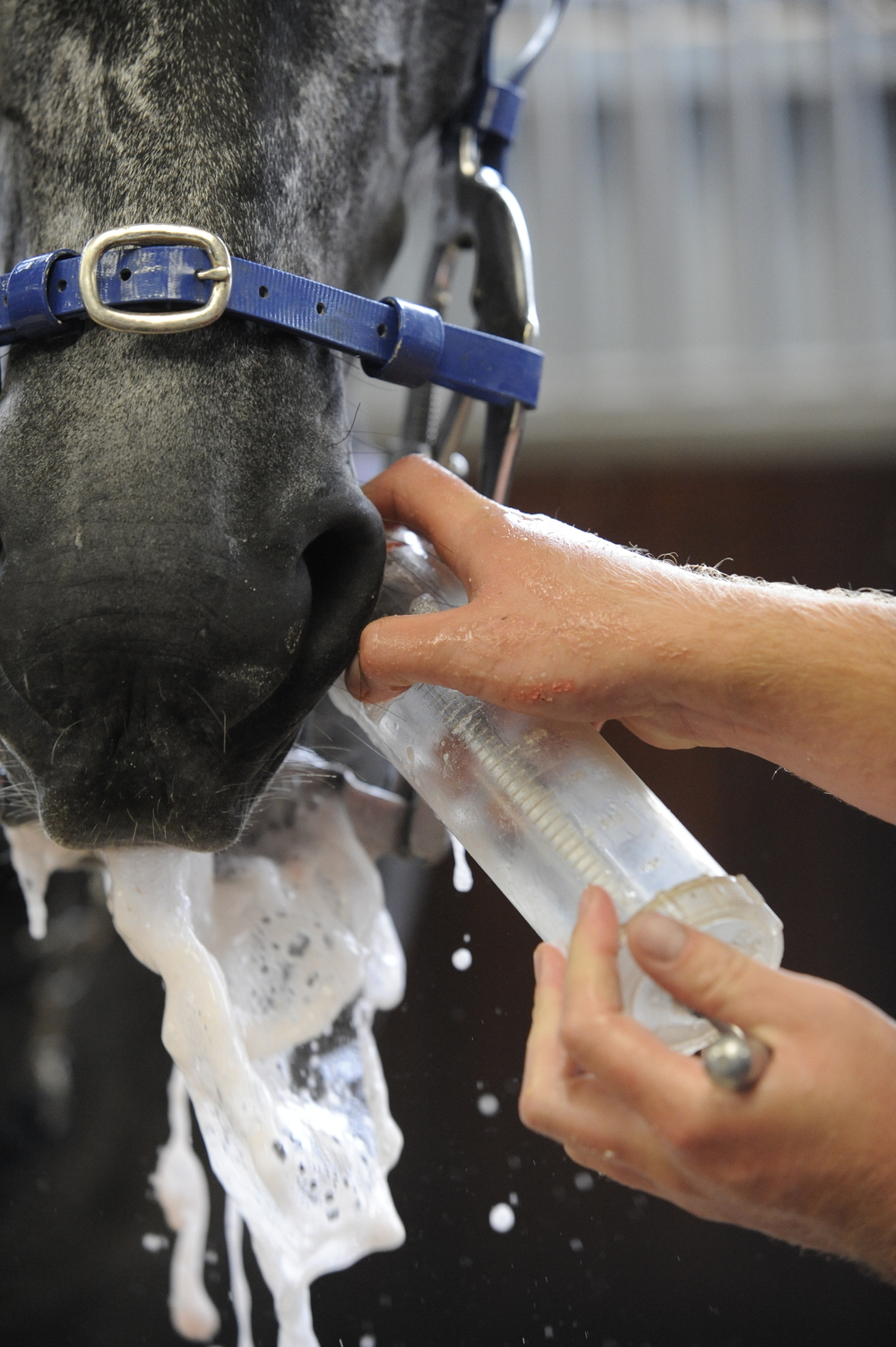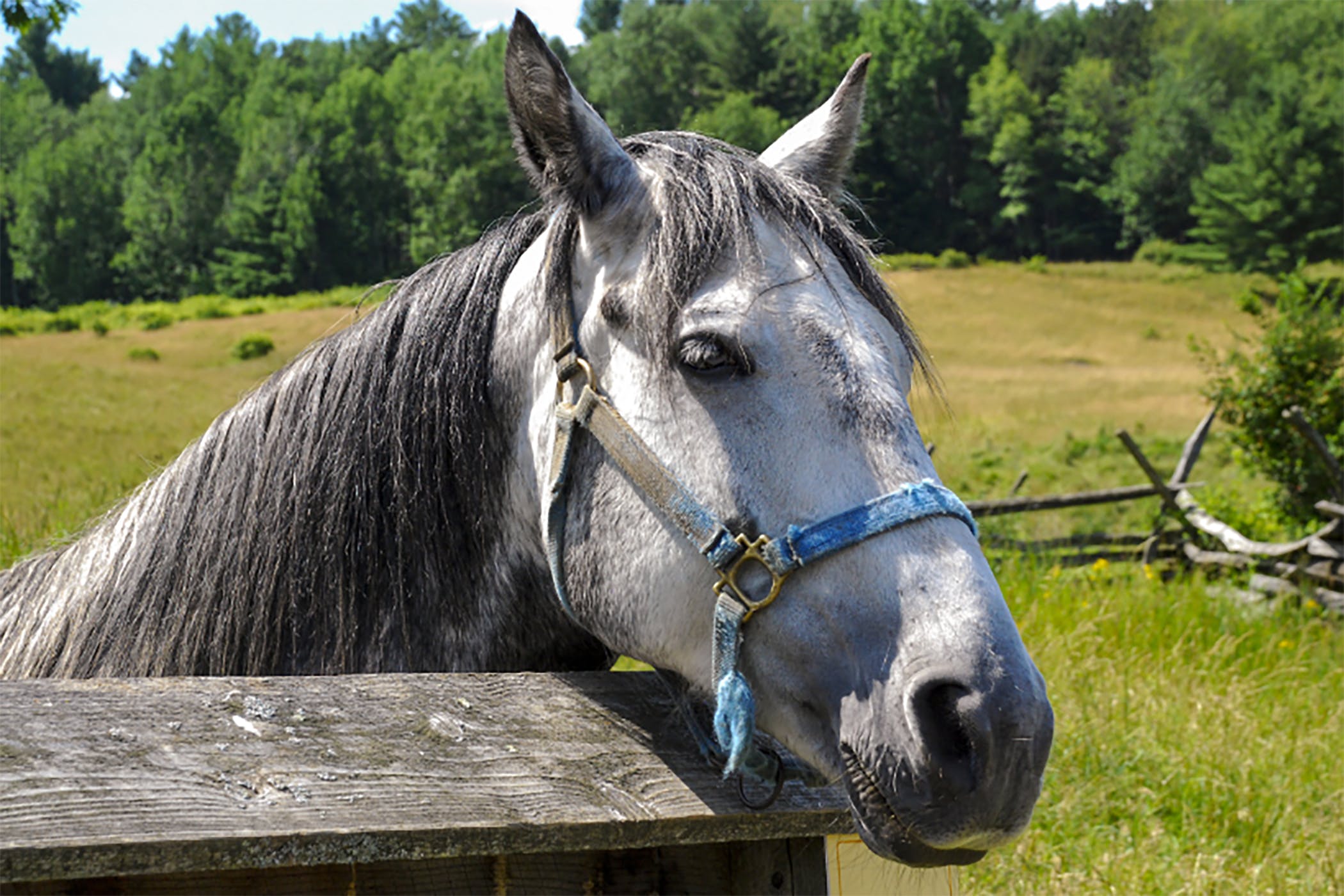When it comes to equine well-being, horse eye health is as critical as any other aspect of their overall care. The eyes of a horse are not only vital for their daily functioning but also can be indicators of their general health. In this guide, we will delve into the importance of maintaining good eye hygiene and provide a detailed process for flushing a horse’s eye safely and effectively.
The Importance of Equine Eye Care
Equine eye care should never be overlooked, as horses are susceptible to various eye problems that can escalate if left untreated. A horse’s ability to interact with their environment hinges on their vision, making it imperative to ensure their eyes are healthy. Regular monitoring and cleaning can prevent issues that could compromise their vision and, subsequently, their quality of life.
Understanding Equine Eye Anatomy for Better Care

A deeper understanding of the structures comprising a horse’s eye can greatly enhance the effectiveness of your care routine. Such knowledge empowers owners to offer targeted care and recognize early signs of trouble.
Components of the Horse’s Eye
The horse’s eye is a complex organ composed of the cornea, iris, pupil, lens, and retina, each playing a pivotal role in the animal’s visual acuity. The cornea serves as the clear outer layer, the iris and pupil control light entry, the lens focuses this light, and the retina processes the image. Understanding this anatomy is fundamental when addressing any eye-related issues.
How a Horse’s Eye Self-Cleans
Nature has ingeniously equipped horses with a self-cleaning mechanism for their eyes. Through the production of tears, debris and dust are naturally washed away, keeping the eye clear. However, when foreign bodies are too large or the eye is overly irritated, human intervention, like equine eye rinse, becomes necessary.
Recognizing Signs of Horse Eye Problems

Observing your horse’s behavior and physical condition is vital in early detection of eye problems. Recognizing these signs ensures prompt action can be taken to prevent further discomfort or damage.
Common Symptoms of Eye Infections in Horses
- Excessive tearing or discharge
- Swelling or redness
- Squinting or sensitivity to light
- Cloudiness or change in eye color
Preparation for Flushing Horse’s Eye

Prior to flushing a horse’s eye, it is crucial to have all the necessary supplies at hand and ensure the environment is conducive to a calm and safe procedure.
Gathering Necessary Supplies for Equine Eye Rinse
Prepare a sterile saline solution or a vet-recommended eye wash, clean towels, cotton balls, and a dosing syringe without a needle. Having these items within reach can streamline the process.
Creating a Safe and Calm Environment
Choose a quiet, well-lit area where the horse feels comfortable. Speak soothingly to your horse to maintain a tranquil atmosphere and reduce any stress that could complicate the procedure.
Step-by-Step Guide to Flushing Horse’s Eye

Flushing a horse’s eye may seem daunting, but by following these horse eye wash steps carefully, you can perform this task with confidence.
Step 1: Approaching the Horse Calmly
Begin by gently approaching your horse, offering reassurance through your calm demeanor and soft voice. Ease into their personal space to avoid startling them.
Step 2: Inspecting the Eye
Carefully examine the eye for any obvious foreign objects or abnormalities. This visual inspection will guide the subsequent steps and help you decide the intensity of the flush needed.
Step 3: Preparing the Eye Wash Solution
Using the saline solution or vet-recommended eye wash, ensure it is at a tepid temperature to avoid shocking the horse’s sensitive eye tissues.
Step 4: Applying the Eye Wash
Soak a clean cotton ball in the solution and gently wipe away any discharge around the eye, being careful not to touch the eye itself.
Step 5: Gentle Horse Eye Irrigation
Fill the dosing syringe with the eye wash solution, and while holding the horse’s upper eyelid open, gently squirt the fluid across the eye, taking care to avoid direct pressure on the cornea.
Step 6: Drying the Area Around the Eye
After the irrigation, pat the surrounding area dry with a clean towel, ensuring no residue is left that could irritate the skin or attract dirt.
Step 7: Monitoring the Horse After Flushing
Observe your horse’s behavior post-flush to ensure there is no further irritation. Look for signs of relief or, conversely, continued discomfort, which may necessitate a vet visit.
Treating Horse Eye Infection

If an infection is present, flushing the eye may only be the initial step in treatment. Further care is often required to fully address the issue.
Recognizing When to Seek Veterinary Care
Should the symptoms persist or worsen after flushing, it’s time to seek professional help. A veterinarian can provide a comprehensive examination and appropriate medication.
Administering Prescribed Medications
Follow the vet’s instructions for medication carefully. This may include ointments or eye drops that need to be applied at specific intervals.
Preventative Measures in Horse Eye Care

To minimize the need for treatments like horse eye irrigation, preventive measures are essential in maintaining your horse’s ocular health.
Minimizing Exposure to Irritants
Limit your horse’s exposure to dust, flies, and other irritants that can lead to eye issues. Using fly masks and maintaining a clean stable environment are effective strategies.
Regular Cleaning and Maintenance
Incorporate gentle cleaning of the area around the horse’s eyes into your daily grooming routine. This not only removes potential irritants but also allows regular inspection for any abnormalities.
Conclusion: Maintaining Horse Eye Health

Maintaining your horse’s eye health through regular care and monitoring is a responsibility that should not be taken lightly. By understanding how to clean a horse’s eye and recognizing when to treat horse eye infection, you can ensure your equine companion maintains their vision and comfort.
Summary of Horse Eye Wash Steps
To summarize, approach your horse calmly, inspect the eye, prepare the wash solution, clean around the eye, perform the eye irrigation, dry the area, and monitor your horse’s reaction.
Taking care of horses requires knowledge of various grooming and health practices. If you’re interested in learning how to flush a horse’s eye, you’ll likely find it useful to know other aspects of horse care as well. For comprehensive guides on maintaining your horse’s hygiene and appearance, take a look at our step-by-step articles on how to wash a horse and how to dry a horse properly. Additionally, if you’re aiming to enhance your horse’s beauty, our tips on how to grow a horse’s mane can help you achieve a lush and healthy mane for your equine friend.
Importance of Regular Eye Check-ups
Finally, remember to schedule regular check-ups with a vet to ensure any underlying conditions are identified and treated promptly. Your horse’s eye health is an integral part of their overall well-being, and with the right care, you can help preserve their vision for years to come.



